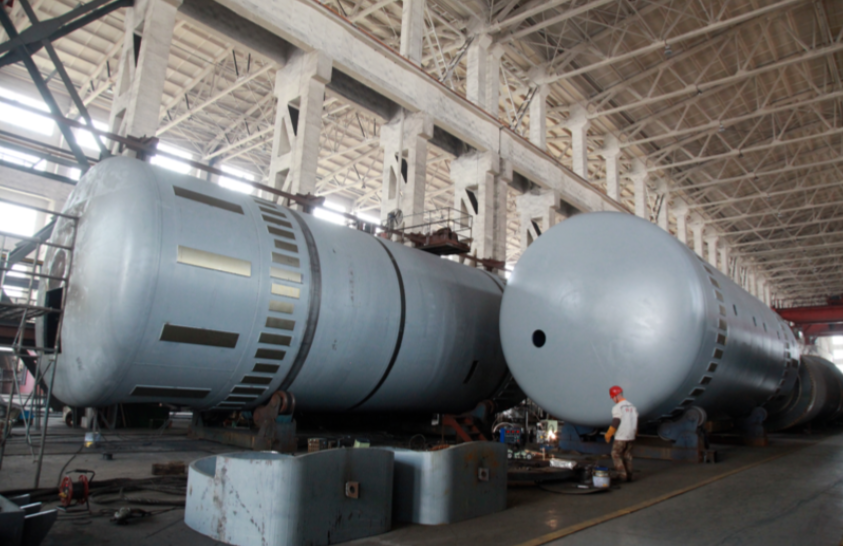NEWS&EVENTS
Home > News&Events > Company news > Fault diagnosis and solution of anode furnace in copper sulfide ore smelting equipment
In the pyrometallurgical smelting of copper sulfide ore, the anode furnace is a key piece of equipment, and its stable operation is directly related to the quality and production efficiency of the anode plates. Failure to reach or slow temperature rise is a common symptom, not only increasing energy consumption but also severely disrupting production. This article systematically analyzes the underlying causes and provides solutions.

One issue is inefficient combustion systems. The combustion system is the heart of the anode furnace. Low fuel pressure or unstable calorific value, insufficient combustion air volume, and burner coking or damage can all affect combustion efficiency. Solutions include inspecting the fuel supply lines and pressure parameters, regularly cleaning or replacing burners, and fine-tuning the fuel-to-combustion air ratio.
Second, the flue gas system is not properly discharged. Ash accumulation and blockage in the waste heat boiler or flue, or malfunctioning induced draft fans, can cause positive pressure in the furnace, worsening the combustion environment and even posing safety hazards. A ash removal plan should be developed, including regular cleaning of the flue and waste heat boiler, and checking the operating status of the induced draft fan to maintain a slight negative pressure in the furnace.
Third, inaccurate temperature measurement. Thermocouples are prone to aging, damage, or drift in high-temperature, corrosive environments, causing the displayed temperature to be lower than the actual value and misleading operation. An instrument calibration system should be established to cross-compare portable thermometers with fixed thermocouples. Any deviation exceeding the standard should be promptly calibrated or replaced.
In summary, anode furnace overheating failure is a multifactorial issue, requiring a comprehensive diagnosis encompassing combustion, flue gas, and measurement systems. Establishing standardized inspection and maintenance procedures can prevent problems before they occur and ensure continuous and efficient smelting production.